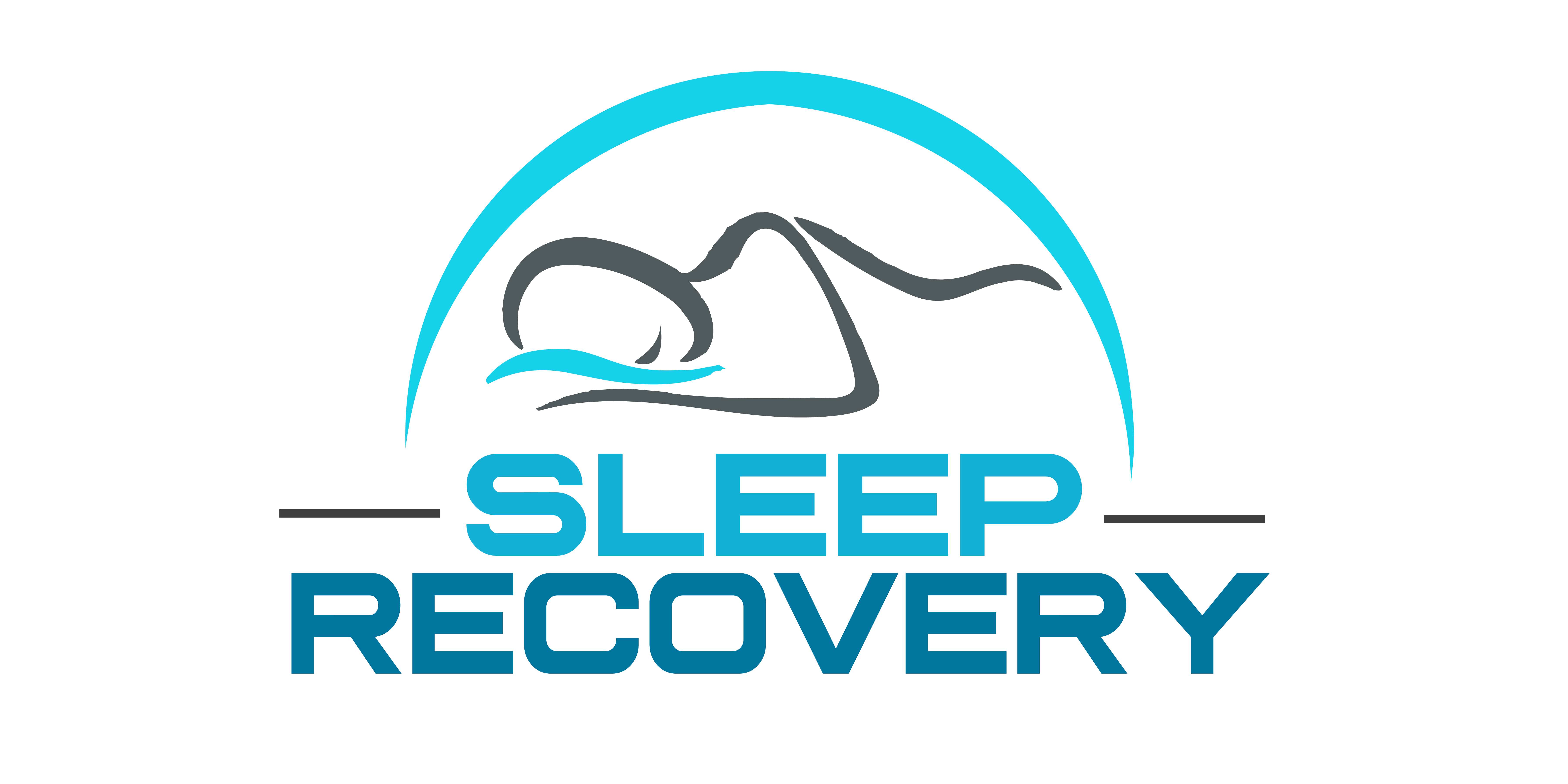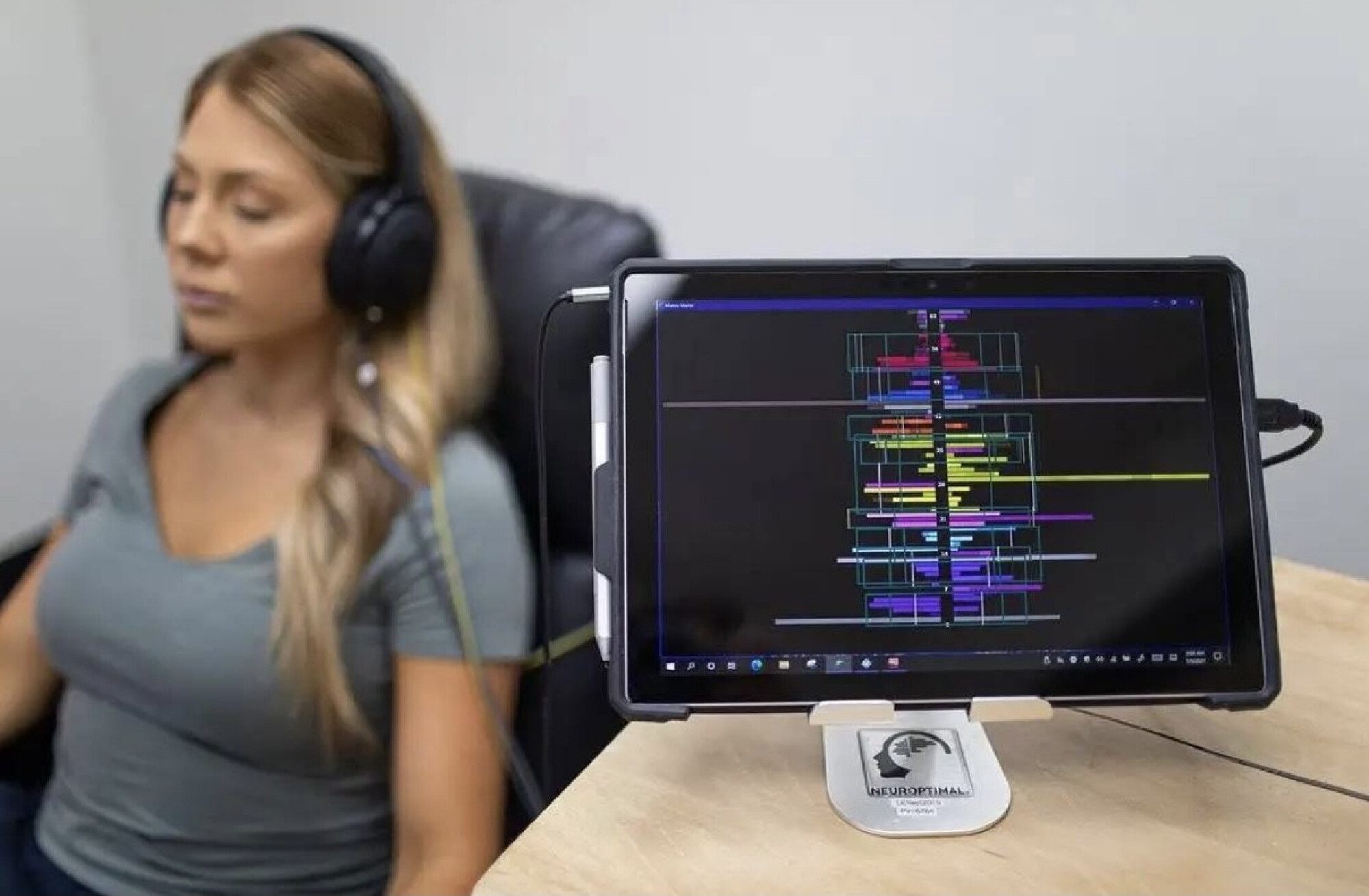Young and Entitled: Can Brain Entrainment Succeed Where Therapy Fails?

Serious Challenges With Therapeutic Compliance
Jacob stared at his phone, ignoring his mother’s pleas to prepare for his therapy appointment. After three sessions, he decided therapy was “stupid” and refused to continue. His grades were dropping, his sleep schedule was completely inverted, and his parents were at their wits’ end.
This scene unfolds in thousands of homes across America daily. Parents watch helplessly as their teens spiral into patterns of poor sleep, increasing anxiety, and academic struggle. Conventional solutions often hit a brick wall of teenage resistance.
“Young people today face unprecedented pressures,” explains Dr. Jeffery Wilson, Clinical Director at Sleep Recovery. “Between social media, academic expectations, and pandemic aftereffects, their nervous systems remain perpetually activated. Yet they’re typically the last to recognize when they need help and the most resistant to accepting it.”
This resistance comes at a critical time. According to recent NIH data, 78% of teens and young adults have chronic insomnia. In comparison, 66% battle chronic anxiety. These issues don’t exist in isolation but create a dangerous feedback loop that affects nearly every aspect of their lives.
Why Traditional Therapy Often Falls Short
The traditional therapeutic model relies heavily on client communication and engagement. For adolescents, this presents multiple barriers:
- Most young people struggle to articulate complex emotional states
- They frequently lack the self-awareness to identify core issues
- They often resist authority figures attempting to “fix” them
- Therapy sessions require transportation, scheduling, and consistent attendance
“The therapy model itself can be the problem,” notes David A. Mayen, program director for Sleep Recovery. Many teens won’t open up, no matter how skilled the therapist is.”
This challenge has grown more apparent as qualified therapists become increasingly scarce. Wait times of 3-6 months for an initial appointment have become common, leaving families stranded during critical periods of crisis.
Brain Wave Science: Bypassing Resistance Through Technology
What makes brainwave entrainment different? It works directly with the brain’s electrical patterns, completely bypassing the need for verbal communication or conscious cooperation.
“The brain communicates with itself through electrical signals organized into specific patterns,” explains Mayen, “When these patterns become disrupted, we see behavioral symptoms like poor sleep, anxiety, irritability, and reduced academic performance. Our technology helps the brain recognize these disruptions and correct them naturally.”
This approach succeeds precisely where traditional therapy struggles most. The young person doesn’t need to talk about their feelings, develop insights, or even believe the process will work. Their brain receives direct feedback about its activity and makes adjustments independently of their conscious mind.
Dr. Wilson describes the mechanism: “The brain constantly works to maintain balance. When shown a clear ‘mirror’ of its activity, it naturally moves toward more long-term, stable patterns. This bio-electrical process occurs at the neurological level, separate from conscious thought or resistance.”
Home-Based Solutions for Time-Taxed Families
Perhaps the most practical advantage of brainwave entrainment for young people is its accessibility. The entire process happens at home, on the young person’s schedule.
“Getting my son to therapy appointments was a nightmare,” shares Amanda K., mother of a 16-year-old. “Between his school schedule, my work, and his resistance, we missed more appointments than we made. With the at-home program, he did sessions in his bedroom after school. No arguments about transportation, no public waiting rooms making him uncomfortable.”
Sessions last just 30 minutes every other day, easily fitting into even the busiest schedules. This approach removes the “getting them to the office” challenge that derailed many treatment attempts. Their sessions are scheduled, conducted, and monitored over a secure internet connection.
Rapid Results That Parents Recognize
While traditional therapy can take months to show meaningful progress, families using Sleep Recovery’s program typically notice changes within the first 2-3 sessions.
“My daughter had been on three different anxiety medications with minimal improvement,” reports Michael T., father of a college freshman. “After her second session with Sleep Recovery, she slept through the night for the first time in years. By the fourth session, her professors commented on her improved class participation.”
These rapid improvements create a positive spiral effect. As sleep quality improves, anxiety naturally decreases. With reduced anxiety comes better focus and emotional regulation. Parents report tangible changes in everything from morning routines to dinner table conversations.
“We can track these improvements objectively,” notes Mayen. “Through smartwatch technology, we monitor sleep patterns and see concrete data showing more deep sleep, fewer night wakings, and improved sleep architecture. Teachers and parents confirm these changes through observed behavioral differences.”
The Brain-Behavior Connection
Many parents struggle to understand why their bright, capable children suddenly become irritable, unmotivated teenagers. While hormonal changes play a role, brainwave instabilities significantly impact thinking, attitude, and behavior.
“The prefrontal cortex, which handles executive functions like planning and impulse control, requires stable brainwave patterns to work properly,” neuroscientist Dr. Ana Calzada-Reyes explains. “When disrupted by chronic sleep deprivation and anxiety, we see immediate behavioral effects: poor decision-making, emotional volatility, and reduced learning capacity.”
This anomaly explains why even the most motivated students struggle when sleep-deprived. Research shows that missing just two nights of proper sleep reduces learned memory by more than 67%. This deficit creates an impossible situation for students preparing for exams or managing complex course loads.
“We’ve had parents call us saying their child was suddenly failing classes despite studying,” shares Mayen. “Upon investigation, we typically find they get 3-4 hours of sleep per night. No amount of study can overcome that neurological handicap.”
The Four-Session Trial: Seeing is Believing
Understanding many parents’ skepticism, Sleep Recovery offers a four-session trial program before families commit to the full 15-session course.
“We created this option because we know parents have often tried numerous approaches without success,” explains Mayen. “The four sessions allow them to see some improvement before making the full 15-session commitment.
These initial sessions typically produce noticeable changes in sleep patterns, morning mood, and daily function. Parents receive detailed progress reports showing objective measurements alongside behavioral observations.
Academic Performance: The Concrete Payoff
For many families, the most compelling evidence comes through academic improvements. High school seniors who complete the 15-session program perform 22% better on SATs than their peers without training.
“This improvement isn’t mysterious,” notes Dr. Wilson. “Sleep directly impacts memory consolidation, information processing, and cognitive function. When students sleep properly, they learn better.”
College students report similar benefits. “I went from barely passing to Dean’s List in one semester,” shares Jordan M., a university sophomore. “The difference wasn’t that I suddenly became smarter. I could finally focus, remember what I studied, and think clearly during exams.”
A Unique Approach
With 59 years of collective experience and over 4,000 clients served, the Sleep Recovery team has refined its protocols for young people facing these challenges.
“We understand the science and the unique psychology of this age group,” explains Mayen. “Our program combines brainwave entrainment technology with age-appropriate coaching that respects their intelligence while acknowledging their developmental stage.”
The process begins with a comprehensive assessment identifying specific brainwave patterns requiring stabilization. The technology then creates a customized protocol addressing these exact needs.
Throughout the process, young clients receive support that meets them where they are. There is no pressure to verbalize feelings, no awkward therapy room conversations, just practical guidance on using the technology effectively.
“What surprised me most was how much my son liked the sessions,” reports Thomas K., father of a 14-year-old client. “He called them his ‘brain tune-ups’ and would remind us when it was time. The change was impressive for a kid who resisted everything else we tried.”
Beyond Sleep: The Ripple Effect
While improved sleep is the primary goal, families report wide-ranging benefits beyond the bedroom.
“My daughter’s anxiety attacks stopped completely,” shares Lisa M “Her social life improved, she started participating in class, and the constant tension in our home disappeared. It wasn’t just about sleep, though that’s where it started.”

The Path Forward
For parents watching their children struggle with sleep issues, anxiety, and resistant attitudes toward traditional help, brainwave entrainment offers a fundamentally different path.
“We’re not trying to replace all forms of therapy,” clarifies Dr. Wilson. “But for the young person who refuses to engage with conventional approaches, who can’t or won’t verbalize their struggles, we offer an alternative that works with their biology rather than against their psychology.”
The program requires no talking, introspection, or belief in the process. It gives the brain the information to restore natural balance, allowing young people to return to their natural curiosity, energy, and engagement with life.
Parents interested in learning whether this approach might help their child can contact Sleep Recovery, Inc. for a free phone consultation. There is no obligation, no pressure, just practical information about how brainwave entrainment might offer a path forward where other approaches have stalled.
After all, as Mayen puts it, “Young people today need solutions as unique as the challenges they face. Sometimes, the most effective approach is the one that works with their brains rather than against their attitudes.”
References:
-
Reorganization of adolescent prefrontal cortex circuitry is required for mouse cognitive maturation. https://www.sciencedirect.com/science/article/pii/S089662732300805X
-
Strong Gamma Frequency Oscillations in the Adolescent Prefrontal Cortex. https://www.jneurosci.org/content/42/14/2917
- Sleep Deprivation and Insomnia in Adolescence: Implications for Mental Health. https://pmc.ncbi.nlm.nih.gov/articles/PMC10136689/#:~:text=Of%20note%2C%20sleep%20loss%20may,or%20maintenance%20of%20sleep%20disturbances.
-
Brainwave entrainment for better sleep and a pilot study of young elite soccer players’ post-sleep state. https://pubmed.ncbi.nlm.nih.gov/23862643/

